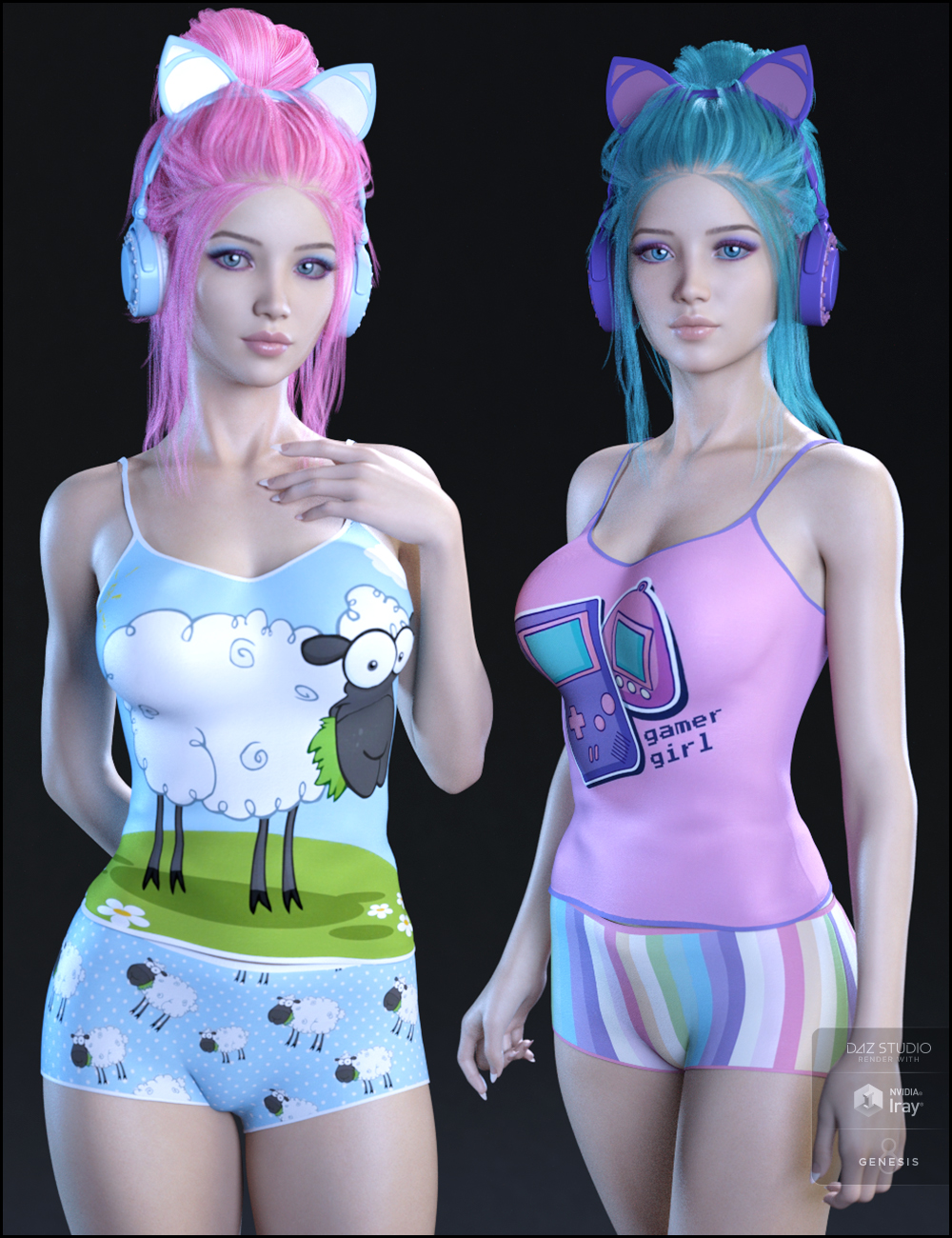

It’s important that the “Merge Skeletons” option is NOT selected. Going from DAZ to Blender, Collada gives (by far) the best and most predictable results. Make sure you’ve saved the character in a DAZ Studio scene then export the model using Collada. Good thing I’m not going to release this, because that sounds like a pain.

#DAZ 3D MODELS TEXTURE BLENDER LICENSE#
Unfortunately, neither P3Design nor 3DUniverse offer a game developer license on the DAZ Store, so that means if I wanted to release a game with this character, I’d have to try and find contact information for both of these content creators and individually negotiate a license – if they’re willing to. This character uses assets from DAZ3D (base content, hair), P3Design (character and texture), and 3D Universe (clothing). For demonstration purposes, I quickly threw together this character: If you’re planning to use the model in an actual game that will be publicly released (even if you plan to release it for free), make a note of every piece of content you use when creating the character so that you can secure the appropriate licensing before you release for your game. I’m not going to cover that part of the process, but it’s pretty self-explanatory and there are plenty of existing tutorials out there on the subject. Start by assembling the character you want to use in DAZ Studio. That all being said, DAZ models can be a good option for some situations, and they’re a great tool for knocking out prototypes and proof-of-concepts that won’t be released, so I thought it was worth typing this up. It’s less time than creating a character from scratch, but a lot more time and effort than most people assume. Even the simplest, most straightforward path takes time and effort, and if you want your models to look good, you have to invest even more time. Process: It’s far from a one-button export to get something from Daz into UE4. The models look fine in the game engine, but can be a challenge to work with and tend to be on the high poly side. The edge loops are very different than what you typically find in game models and there’s a lot of stuff going on under the hood in DAZ Studio to make sure, for example, that bent limbs look right. Topology: The models aren’t designed for games. You might be better off spending that money to hire a freelancer, which would give you a game-ready model that’s exactly what you want and tailored to your game and target hardware. So, looking at a cost estimate: if you build a character with content from three content creators in addition to the DAZ base content, you’re looking at $2,000 or $8,000 (depending on your current revenue) to license the content. Some of the content creators offer licenses right on the DAZ store using the same exact pricing model ($500/$2,000), though many do not, and you have to contact those creators individually to negotiate a license.

Most of figures, outfits, and accessories are actually created by third parties, and you have to license separately from each third party whose content you use. That license doesn’t cover the vast majority of the content that DAZ sells on their store. It’s currently $500 if you or your company make less than $100,000 per year, otherwise it’s $2,000 (these licenses do sometimes go on sale, so worth keeping an eye on if you’re interested). You can buy a license on the DAZ store that will let you use their base content. In order to use the content in a game, you have to specifically get a license designed for game dev. Just because you’ve bought a character, clothing, or props, doesn’t mean you can use them in your game. Licensing: DAZ content is not licensed for redistribution in games. That’s not exactly the case, for a number of reasons A lot of people new to game development look at a tool like Daz and think it will allow them to cheaply get good results without paying for an artist or becoming an artist themselves. I’ve got a pretty decent workflow for doing this so I thought I’d type it up for anyone who might be interested.īefore I get started, though, I want to make a few points.
#DAZ 3D MODELS TEXTURE BLENDER HOW TO#
I’ve seen several requests on these forums asking how to bring characters from Daz Studio into Unreal Engine 4. Daz Studio to Unreal Engine 4 (via Blender)


 0 kommentar(er)
0 kommentar(er)
